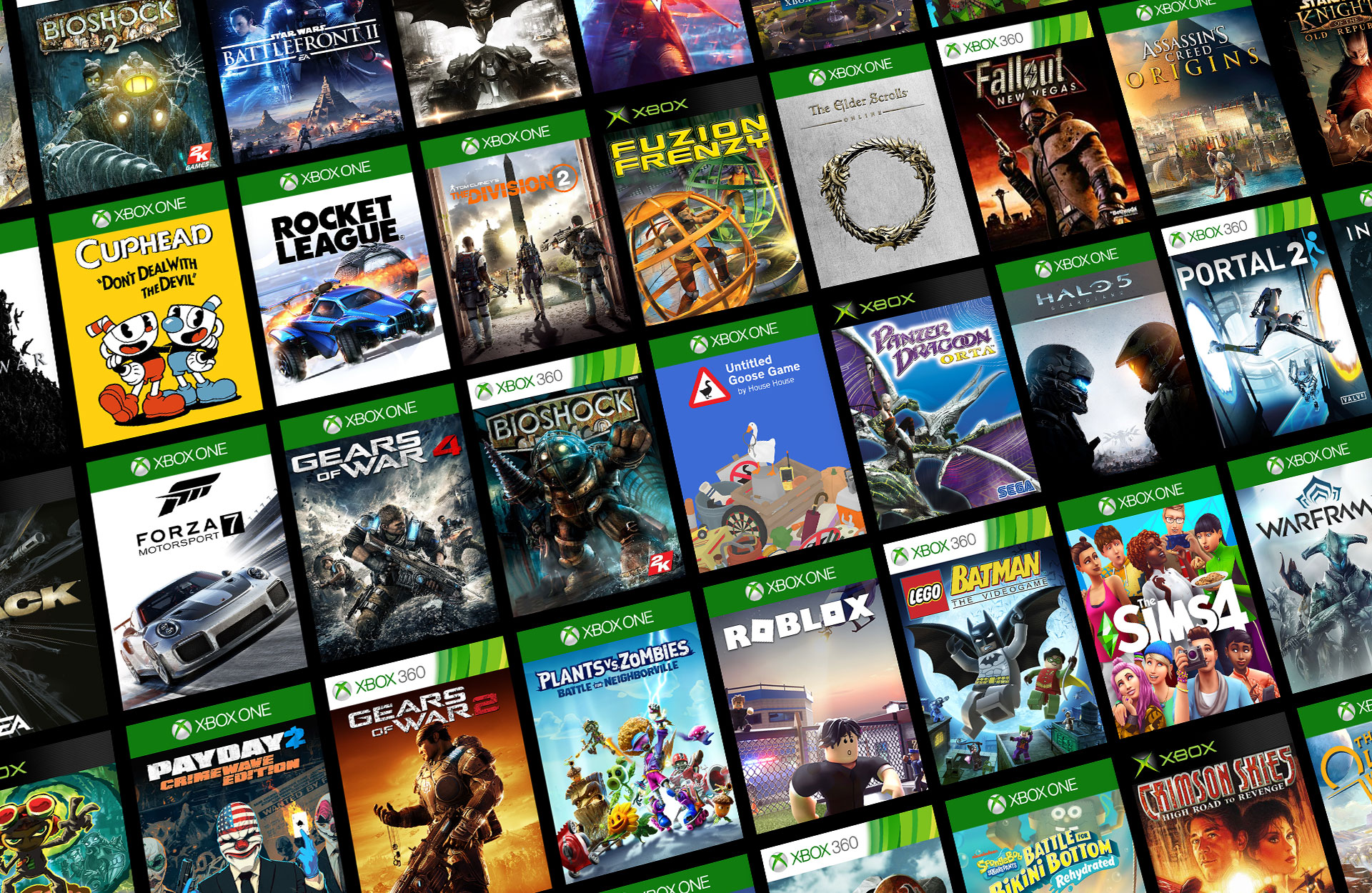Part 1: The Challenge of Game Sharing
Jim and his friend Tom loved to get together at one of their homes to play video games cooperatively or competitively. However, as their game library moved more to digital purchases through the PlayStation Store, they found themselves limited in their ability to share and play each other’s games simultaneously. Since PlayStation accounts can only be logged into a single console at a given time, only one of them could access the other’s library at any moment. They wanted to find a way for both of them enjoy their combined digital collections through multiplayer sessions together in the same room.
Part 2: Activating the Primary Console
The first step Jim and Tom identified was for one of them to activate their PS4 as the “primary console” for their PSN account. By going into settings and selecting “Activate as Your Primary PS4”, this allows any user signed into that console full access to all games associated with the owner’s digital library. With Jim’s PS4 activated as primary, Tom was then able to log into his own PSN account on Jim’s console and download any of Jim’s purchased PlayStation games directly without issue.
Connecting Accounts
To link their systems, Jim logged Tom into the friends list on his own PSN profile. This granted permission for their accounts to see each other’s activities and share content across consoles.

Part 3: Accessing Games On Each Other’s Consoles
With the primary activation in place, Jim was next able to log into his PSN on Tom’s PS4. Because his profile was tied as primary to his own system, it allowed Tom’s console to now recognize and install any games associated with Jim’s digital library content. The caveat however was that Jim’s sign-in was required to maintain access - if he logged out, the shared games would no longer be usable on Tom’s PS4 until signing back in.
Testing the Setup
To test their setup, Jim logged into his profile on Tom’s console and downloaded one of the multiplayer games he had previously purchased digitally. With both profiles now signed in, they were able to launch the game cooperatively on Tom’s PS4 and play together side by side with their separate controllers.
Part 4: The Limitation of Single Device Sign-ins
While enabling basic game sharing between the consoles in their current setup, Jim and Tom soon encountered the key limitation of PlayStation’s user authentication - account sign-ins can only persist on a lone device at any one time. If Jim were to log back into his profile on his own PS4 in another room, it would automatically log him out from the profile on Tom’s console system. This “single sign-in” restriction meant that true simultaneous multiplayer between the separate systems was not possible as long as they used the same account across consoles. In order to play each other’s games cooperatively without one user being kicked offline, an alternative arrangement was needed.
Considering Alternatives
Realizing the shortcoming of signing into a single account on different consoles, Jim and Tom began discussing other potential solutions that could facilitate remote co-op gaming without disconnecting one user or the other mid-session. It was clear an upgrade to their current configuration would be required.
Part 5: Obtaining Additional Consoles
After assessing their situation, Jim and Tom concluded that the most straight-forward path to enable steady cooperative play involved them each owning their own, dedicated PS4 system. With separate consoles in their possession, one unit could maintain activation as the “primary” device while the other utilized that library access through sign-ins. Signing into the shared account would not displace the owner’s current session.
Preparing the Second Console
To put this plan into action, Tom decided to purchase a refurbished PS4 of his own. Once set up in his home, he logged into Jim’s PSN on the new console. Combined with Jim’s primary activation still linked to his original system, Tom now had perpetual permission to his friend’s digital library anytime he was online, without disrupting Jim’s gameplay.
Part 6: Leveraging Library Permissions
With both Jim and Tom equipped with their own PlayStation 4 consoles, accessing each other’s digital game collections became seamless. Whoever owned the title could remain signed into that account on their primary device, leaving the library content intrinsically shared. The other player simply needed to log into that profile on their secondary PS4. No additional downloads were necessitated beyond what had already been purchased initially.
Organizing Accounts
To keep things organized, Jim and Tom assigned one system as the de facto “primary” unit linked to each profile. This made it intuitive which console held activation status for that account. They also took care to only keep one profile signed in per device to avoid potential permission conflicts down the line.
Part 7: The Benefits of Cooperative Digital Gaming
Now that Jim and Tom had a functional setup for cooperative play across consoles, they found themselves enjoying each other’s game libraries much more extensively. Being able to seamlessly share in digital collections through their system allowed them to essentially double the value of their individual purchases. It also opened up opportunities for a wide variety of online co-op gameplay together which previously would have required both owning separate copies. The social bonding of tackling missions and challenges side by side added further value beyond just the games themselves.
Extending the Fun
Pleased with their results, Jim and Tom began inviting other friends to join their shared multiplayer sessions online. Knowing how to leverage the primary activation permission system meant others could quickly get involved, further expanding the continued enjoyment between their whole gaming group. Digital libraries were becoming a true shared social experience.
Part 8: The Library Grows on Multiple Systems
One unforeseen benefit Jim and Tom realized from their cooperative setup was how it encouraged further exploration and completion of their combined digital libraries over time. Knowing any games purchased would instantly be accessible on both consoles motivated them to seek out new titles they both might appreciate. The end result was a constantly growing assortment of cooperative and competitive games that provided ongoing shared entertainment.
Streaming Ahead
Looking towards the future, they were also eager to try out PlayStation’s new remote play functionality. This would allow streaming purchased games from one console over their home network to mobile devices or computers, unlocking even more flexible options for casual on-the-go online multiplayer sessions.
Conclusion: Happy Gaming Together!
In bringing their situation full circle, Jim and Tom found that a little preparation and investment went a long way towards maximizing their digital gaming enjoyability together. By thoughtfully utilizing PlayStation’s primary activation functionality across dedicated systems, they could now seamlessly share in each other’s game libraries for endless cooperative play. Most importantly, their new setup ensured many more shared experiences and memories to come whether tackling new releases or revisiting past favorites side by side on the couch. For the ability to easily augment their solo collections into powerful social play, digital games truly delivered ongoing value amongst friends.
 The Challenges of Deploying Air Defense Systems During the Falklands War
The Challenges of Deploying Air Defense Systems During the Falklands War